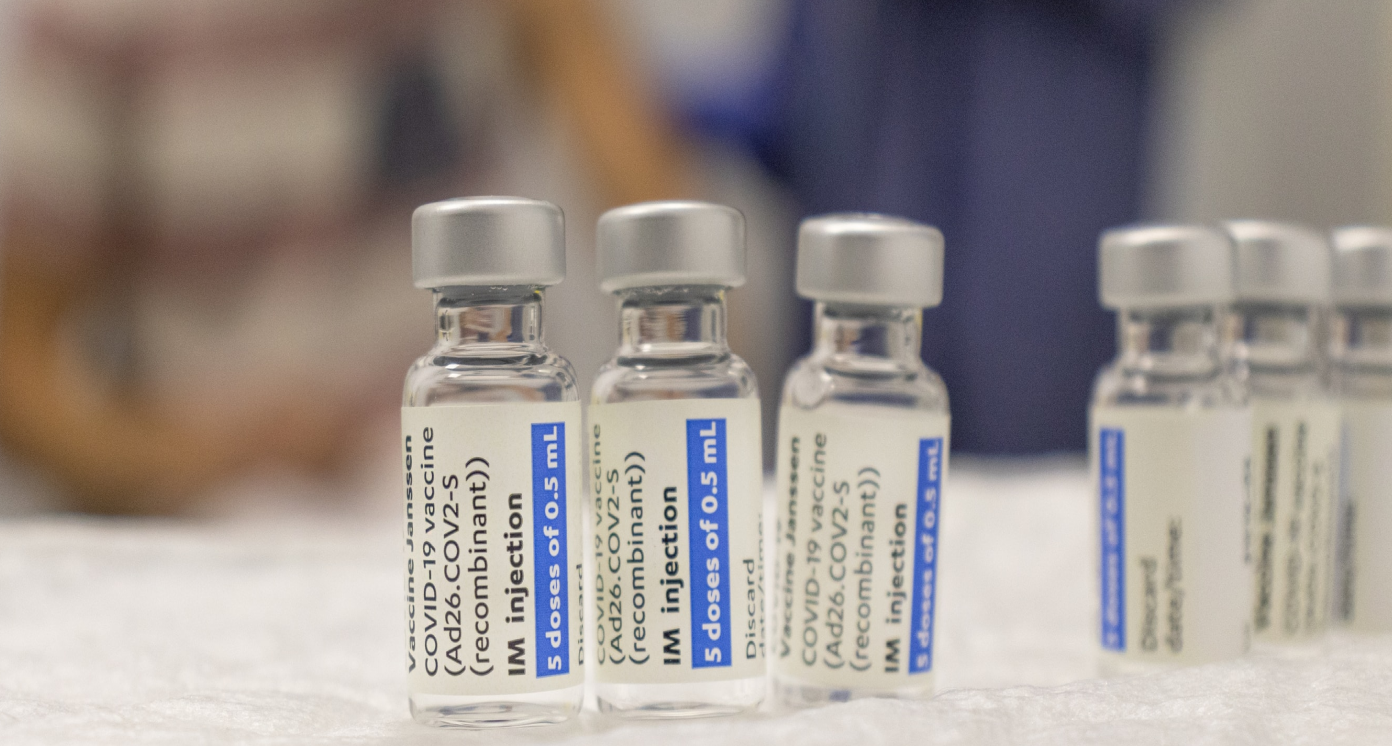How can vaccines be financed?
Published on 01 July 2021. Click here for updated analysis from February 2022
Overview
Countries need to urgently boost their efforts to achieve the target of fully vaccinating 70 percent of their populations, which means increasing health expenditures and potentially taking up more debt.
Bold action is urgently needed to help low- and middle-income countries address crippling debt which is sharply worsened by the COVID-19 pandemic. Vaccine distribution costs are expected to significantly add to this burden.
New scenario analysis provided through the Dashboard suggests that achieving the 70 percent vaccination target in low- and lower middle-income countries will require US$ 49.17 billion, assuming a price of US$ 15.80 per dose. This amounts to 0.69 percent of their projected GDP in 2021.
The picture is even more challenging when analysing only low-income countries. More than US$ 8 billion, or about half of their projected GDP growth in 2021, will be required to vaccinate 70 percent of their populations, versus only 0.4 percent of the projected growth for high-income countries. The most vulnerable countries are found in Sub-Saharan Africa, including Burundi, Malawi, Mozambique and South Sudan where less than two out of 100 people have been vaccinated against COVID-19, as of July 2021.
In Burundi, a low-income country, the vaccine costs represent 71 percent or US$ 139 million of the projected increase in public debt/GDP ratio, as per the World Economic Outlook in April 2021, assuming that the price of vaccine remains at US$ 15.80 per dose. In Sudan, vaccine costs would add more than US$ 562 million to the existing public debt by the end of 2021. This amount could be used to cover out-of-pocket health expenditure of 14 million people, which represents circa 32 percent of the population. Similarly, in Mozambique, a country with the highest relative increase in public debt/GDP ratio due to vaccine costs, the projected increase in public debt of US$ 367 million could provide healthcare for 9.2 million people, or 29 percent of the population.
In Algeria, a lower middle-income country, the cost of vaccine represents 4 percent or US$ 661 million of the total projected increase in public debt in 2021. This amount could be used to fund other social protection programmes that are crucial in the COVID-19 recovery, such as a temporary basic income of US$ 5.58 per day, covering 339 million persons for one month.
Additional financing in the form of grants and concessional financing recently proposed by the IMF is crucial to end the health crisis, secure global recovery and prevent low and lower middle-income countries from going down the debt spiral.

